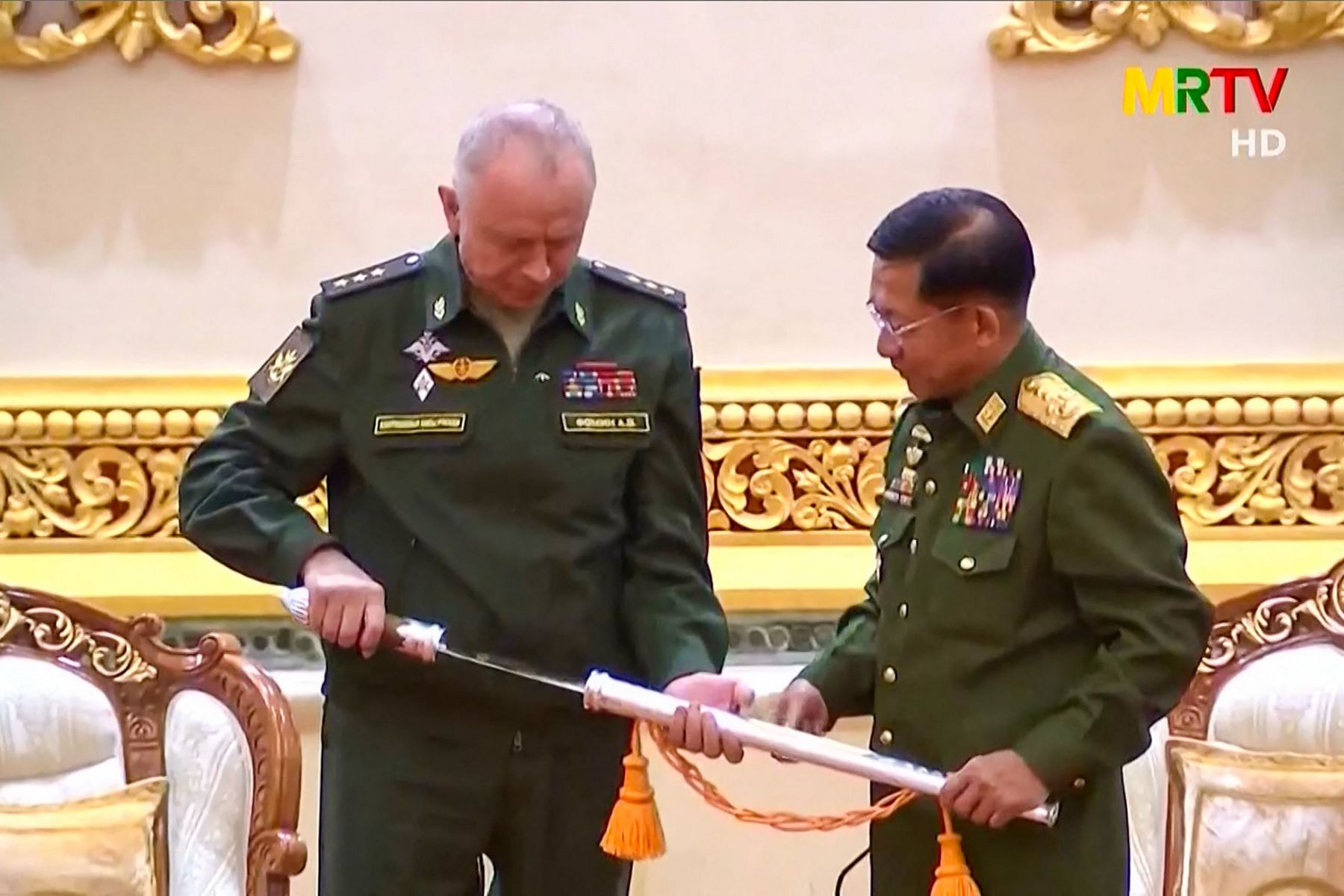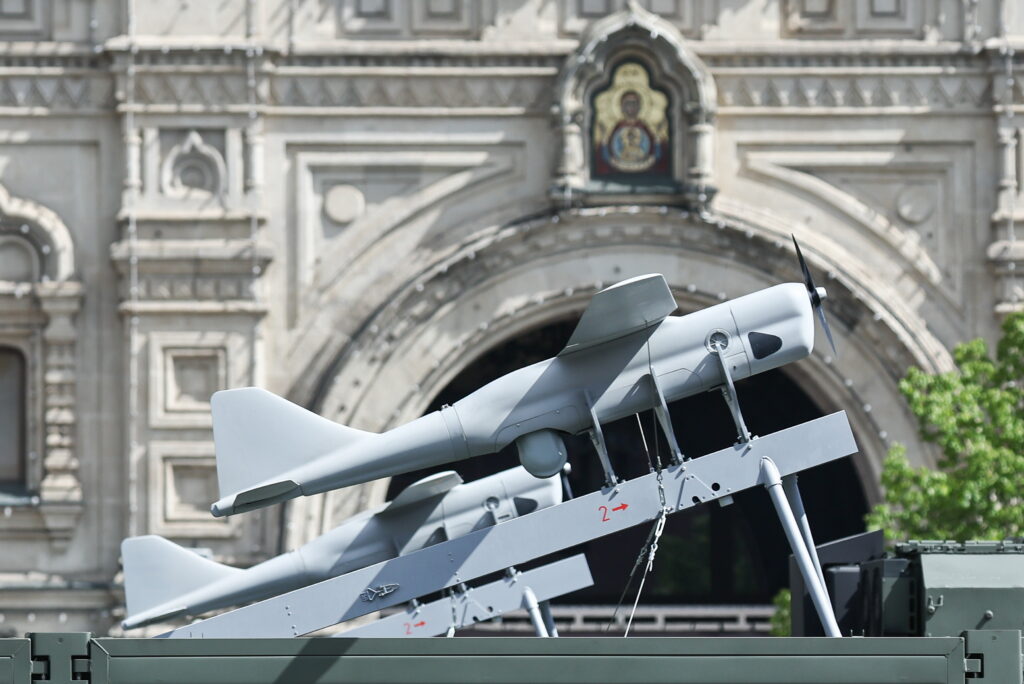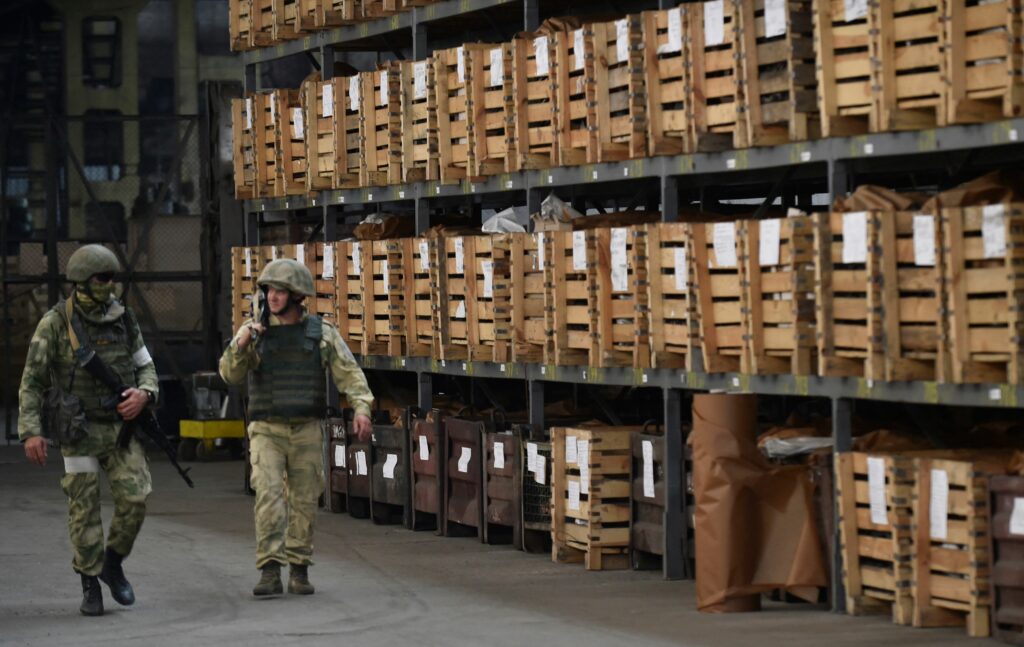On 1 February, the head of the Myanmese armed forces, General Min Aung Hlaing, led a coup d’état against the civilian government headed by Aung San Suu Kyi. Protests and the violent crackdown have initiated a dangerous spiral of resistance and violence. International reactions have followed. On 14 April, Michelle Bachelet, the UN’s High Commissioner for Human Rights, declared that Myanmar’s post-coup violence can escalate to a full-blown civil war like the one raging in Syria since 2011.
The coup drew world-wide condemnation, sinking Myanmar back to the kind of diplomatic isolation it experienced before the opening of the country in the 2010s. That is not to say that the de facto authorities at Naypyidaw are helpless. Whilst the US, UK and the EU imposed new sanctions against the junta, Russia and China have shielded the regime from an international response by using their veto power at the UN Security Council.
As China is Myanmar’s largest investor, it has an interest in staying involved in the fate of its Myanmese client. For Russia, the stakes in Myanmar are lower as – at first glance – Moscow has no strategic interests in that country. Yet, Russia’s presence in Myanmar is well-placed, and has been close to the military leadership for decades. Some have suggested that Russia’s role in Myanmar can be as transformative as Gorbachev’s peace diplomacy in settling the Cambodia-Vietnam conflict. In addition, Myanmar is for Russia a potentially valuable site for expanding its diplomatic presence in Southeast Asia, further reinforcing Moscow’s ‘turn to the east.’
Diplomacy, Neutrality and non-alignment
In spite of the distance, mutual interests have facilitated Russia building leverage with Myanmar’s key political institution — the armed forces, known in the country as the Tatmadaw. Myanmar became a desired partner in Russia’s Southeast Asia diplomacy when Moscow began engaging the broader region more intensely in 2000 and in the 2010s. Before then, exchanges between Russia and Myanmar were few and far between in a diplomatic relationship of more than seventy years. China’s proximity and Myanmar’s entrenched non-alignment meant that during the Cold War the country oscillated between engagement and distancing from Moscow. Myanmar gained a new interest in Russia to underscore its long-standing diplomatic policy once again; as scholar Sint Sint Myat argues in her article ‘Explaining Myanmar’s Policy of Non-Alignment,’ the US-China rivalry in East Asia has given a new life to Myanmese non-alignment. Russia since the 2000s is for Myanmar – to an extent at least – an alternative to either party. ‘I would like to invite the Russian side, Russian businessmen to this work [of business development ], to participate in projects’ Hlaing told MK recently.
Russo-Mynamese engagements have proliferated in a few areas. Trade is not substantial, with Russia being Myanmar’s ninth largest trade partner in Europe. In 2019, exports to Russia amounted to 130 million USD and imports 170 million, a third of which was crude oil. Between 2014 and 2018, the arms trade value between Myanmar and Russia amounted to a total of 173 million. Cooperation has grown in education and energy but it is military cooperation that stands out. As with other countries of the world – Mali and Suriname for instance – Moscow has spearheaded its Myanmar diplomacy by approaching the Tatmadaw directly. There, engagements are complex and some long-standing, such as in military education in the 1990s and 2000s. Arms sales have been a constant feature, with Russia joining China as the overwhelming arms suppliers.
In the 2010s, Russia continued to make inroads with the Tatmadaw. During most of that decade, cooperation with Russia became less pressing for the Tatmadaw as the country attempted a rapprochement with the West. Still, in 2016, the first ever one-on-one meeting between a Russian and a Myanmese head of state took place. Crucially, a new defence cooperation agreement was signed between the two countries, contemplating technical assistance and intelligence sharing on crime and terrorism. In Myanmar, like in Libya, Syria or Yemen, Moscow’s Myanmar strategy depends on one man, General and today coup leader General Hlaing. Russia’s military and diplomatic core have been fostering relations with Hlaing since he became head of the Tatmadaw in 2011. High-level meetings between Russian officials and General Hlaing have been taking place at least once per year for years now.
The Rakhine crisis – from which the Tatmadaw is accused of genocide against Myanmar’s Rohingya minority – threw off the budding rapprochement between Myanmar and the West, giving a new opportunity for Moscow to step in. As Russia maintained a mostly neutral position in that crisis, Naypiydaw fell back on Moscow to avoid full isolation. Similarly, after the coup and as further diplomatic isolation struck, the de facto authorities in Naypyidaw, Moscow’s solidarity with the junta was expressed by the Russian Deputy Minister of Defence Alexander Fomin visit on 27 March. The gesture has been described as ‘defying’ the call for international isolation of the junta. Tellingly, arms transfers have continued unabated since 1 February 2021.
Myanmar in Russia’s South East Asia Strategy
Moscow’s recent moves in Myanmar are opportunistic. Yet, they are happening in the context of Russia’s broader Southeast Asia diplomacy, where Myanmar occupies an important place. Since 2012 – and specially since the diplomatic fallout from the annexation of Crimea in 2014 – Russia has been attempting to upgrade its relations in the Asia-Pacific region. Russia’s East Asia strategy has so far centred around the budding Beijing-Moscow partnership but it contemplates the entire region. In Southeast Asia, Moscow has been quietly deepening its engagements with the ASEAN states to build its international clout and position itself as an alternative to Western diplomatic initiatives in the area.
The results have been mixed; Russia‘s presence in Southeast Asia is still not so large. Generally, Moscow understands the area as China’s privileged zone, where Beijing is to take precedence over the initiatives of other external players. For instance, Russia is aware of Beijing’s large influence over Cambodia, so it has seldom attempted to become an arms supplier to that country, to which it indeed sells few arms. Nevertheless, Moscow is present in Southeast Asia and has been able to carve itself a niche there, namely the arms trade; Russia is the region’s largest arms supplier, even above China. It is the overwhelming arms supplier to Vietnam and a major provider to Malaysia, Myanmar and Laos. This trade – along with most of Russia’s Southeast Asia presence – is built on legacies of Soviet diplomacy, specially in Cambodia (except arms), Laos and Vietnam.
In this context, Myanmar is significant to Moscow’s Southeast Asia diplomacy in two ways. First, because it is the sole country where Russia has been able to expand its presence that does not build upon old Soviet cooperation. The crisis itself offers opportunities too; Myanmar has become a diving issue among ASEAN member states, between those openly advocating for a return to democracy and those tolerant to a junta takeover. By decisively aligning itself with one side of this division, Moscow gains credibility among the states more muted in their criticisms of the junta, especially erstwhile US allies Thailand and the Philippines. Moreover, active engagement with Myanmar could demonstrate to other countries in the region that Moscow is a willing partner for any of them, even those without long held mutual understanding.
Russia’s broader credibility in the area is also enhanced in relation to China. Generally, Russia has deferred to China in controversial matters, chief among them the South China Sea dispute. By siding with the Tatmadaw, Russia demonstrates that it can, in fact, act decisively in the region, even when it does not align neatly with China’s perspectives. Indeed, Beijing is not unambiguously friendly to the junta and is generally jealous of external powers competing for hegemony in Southeast Asia. Russia-Myanmar relations are relevant to Russia-China relations, then.
What is next for Russia in Myanmar?
How deep is Russia’s commitment to the Tatmadaw? Protecting arms sales is undoubtedly a driver behind Moscow’s recent Myanmar moves. Also critical is the legitimist ideology driving Russian diplomacy. Namely, the belief – born out of projection from domestic affairs – that governments installed through popular rebellion or revolution are undesirable and must be thwarted. Consequently, local opposition to the junta may in fact strengthen Moscow’s resolve not to let the de facto authorities in Naypyidaw fail. An escalation of violence inside the Burmese-majority central provinces or between the minority states and the military could indeed draw Moscow in, if not through military operations at least through proxy groups like Wagner. If the Tatmadaw manages to cling to power, Russia’s Myanmar gambit may pay off. Yet, the ultimate veto in such a scenario is held by the true pivotal external actor for Myanmar — China.










